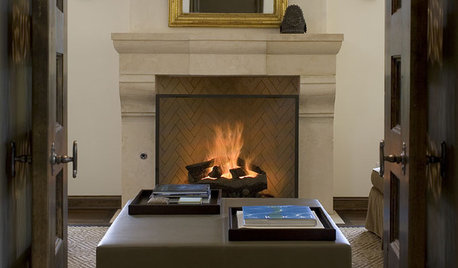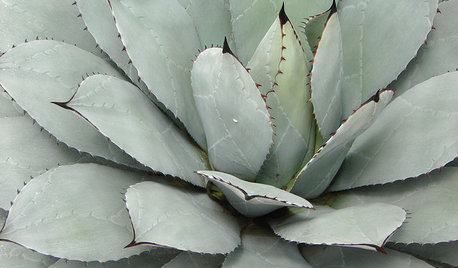Compost temps higher than 160F
josko021
13 years ago
Featured Answer
Sort by:Oldest
Comments (25)
Lloyd
13 years agopraxxus55712
13 years agoRelated Professionals
Fort Lee Landscape Architects & Landscape Designers · River Forest Landscape Architects & Landscape Designers · Saint Louis Park Landscape Architects & Landscape Designers · South Elgin Landscape Architects & Landscape Designers · Billerica Landscape Contractors · Damascus Landscape Contractors · Madera Landscape Contractors · Mercedes Landscape Contractors · Mission Viejo Landscape Contractors · Petaluma Landscape Contractors · Crowley Landscape Contractors · Columbia Decks, Patios & Outdoor Enclosures · Hot Springs Village Decks, Patios & Outdoor Enclosures · Justice Decks, Patios & Outdoor Enclosures · South Milwaukee Decks, Patios & Outdoor EnclosuresKimmsr
13 years agoCaptTurbo
13 years agoidaho_gardener
13 years agojosko021
13 years agoCaptTurbo
13 years agorobertz6
13 years agopkapeckopickldpepprz
13 years agojosko021
13 years agopkapeckopickldpepprz
13 years agoKimmsr
13 years agojosko021
13 years agoCaptTurbo
13 years agophytolacca
13 years agoKimmsr
13 years agorobertz6
13 years agomendopete
13 years agoLloyd
13 years agojosko021
13 years agojolj
13 years agojosko021
13 years agojolj
13 years agoCaptTurbo
13 years ago
Related Stories

FIREPLACESRumford Fireplaces Are Hotter Than Ever
Higher efficiency and good looks are leading homeowners back to this 18th-century fireplace design
Full Story
GARDENING GUIDESGet on a Composting Kick (Hello, Free Fertilizer!)
Quit shelling out for pricey substitutes that aren’t even as good. Here’s how to give your soil the best while lightening your trash load
Full Story
SMALL HOMES28 Great Homes Smaller Than 1,000 Square Feet
See how the right layout, furniture and mind-set can lead to comfortable living in any size of home
Full Story
TILEPorcelain vs. Ceramic Tile: A Five-Scenario Showdown
Explore where and why one of these popular tile choices makes more sense than the other
Full Story
GARDENING AND LANDSCAPINGHow to Make a Pond
You can make an outdoor fish paradise of your own, for less than you might think. But you'll need this expert design wisdom
Full Story
GREAT HOME PROJECTSMake a Push for a New Doorbell
Is it time to replace a doorbell or even add a door intercom or video system? Installation may be easier than you think
Full Story
DIY PROJECTSDining Set Makeover: Paint and Tea-Tinted Fabric Make Old Chairs New
Reclaim dated dining chairs for far less than buying new, using spray paint, modern fabric and a handful of tea bags
Full Story
FRUIT TREESHow to Grow Your Own Juicy Plums
Easier than other stone fruits and with a variety of colors to choose from, plums are a versatile garden addition
Full Story
MATERIALSMaterials Workshop: Polycarbonate — a Low-Cost Alternative to Glass
Looking for something lighter, stronger and less expensive than glass? Multiwall polycarbonate may be a good option
Full Story
FOLIAGEGet a Cool Garden Look With Gray and Blue Plants
Looking for plants that calm with color in the heat of summer? Look no further than these 14 soothing beauties
Full Story






Kimmsr